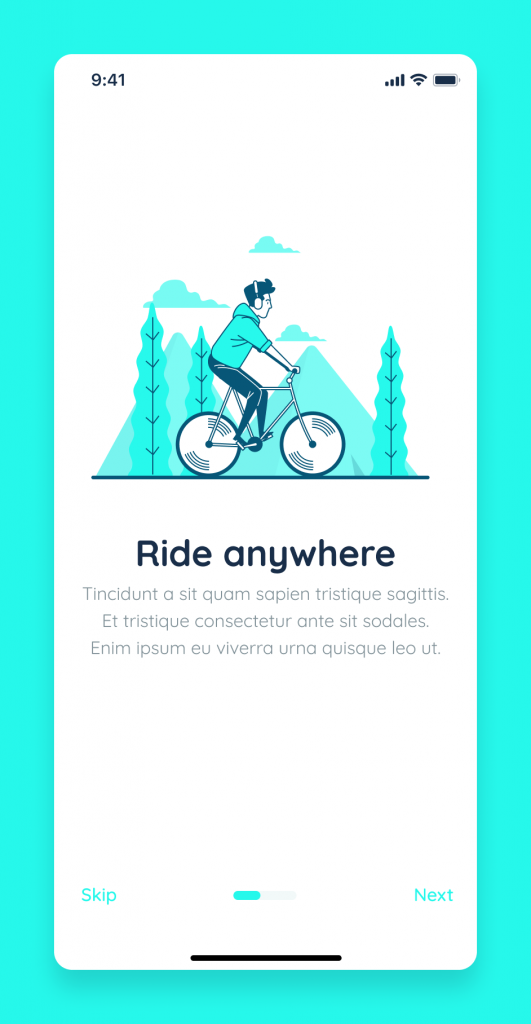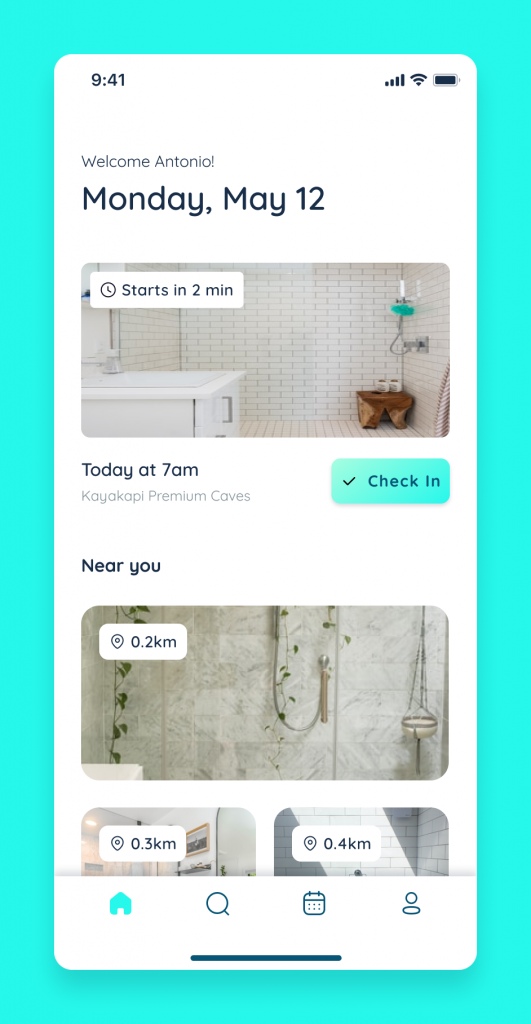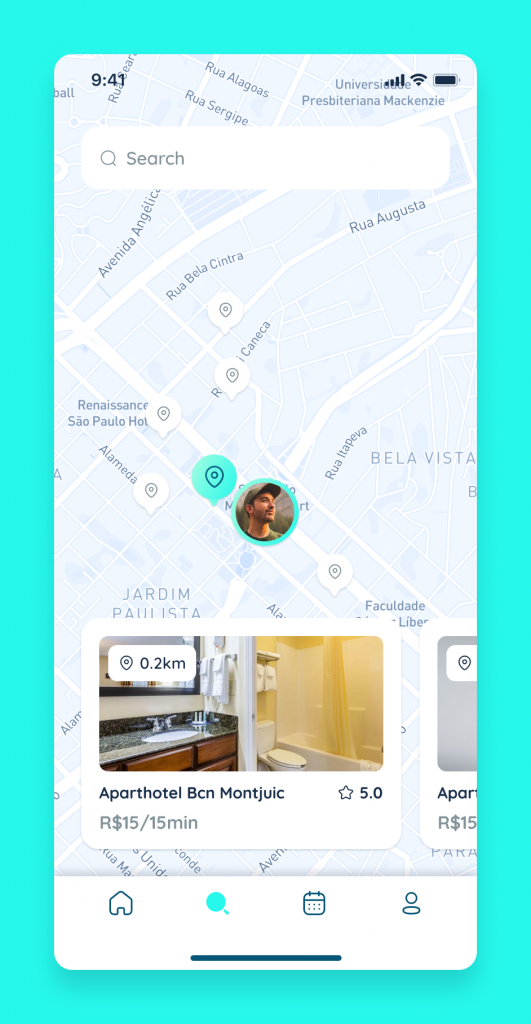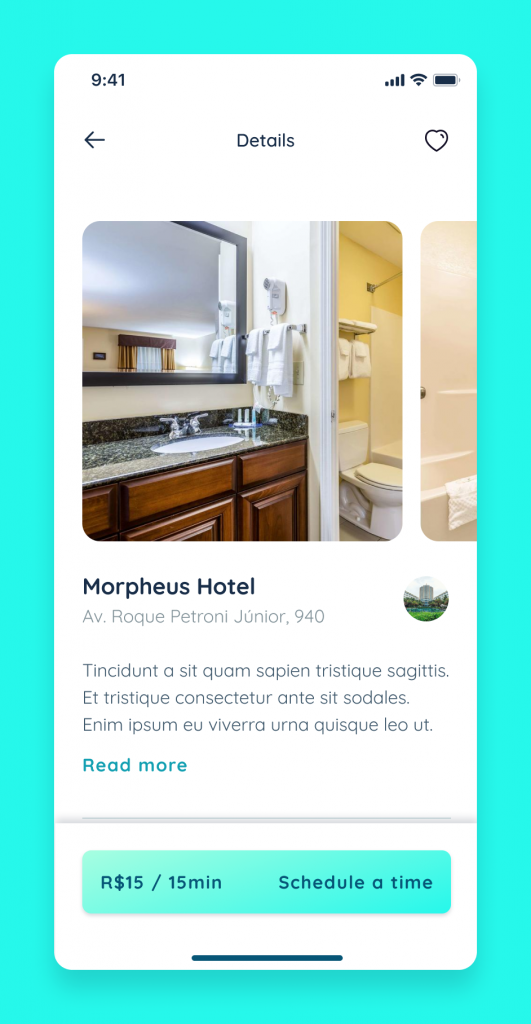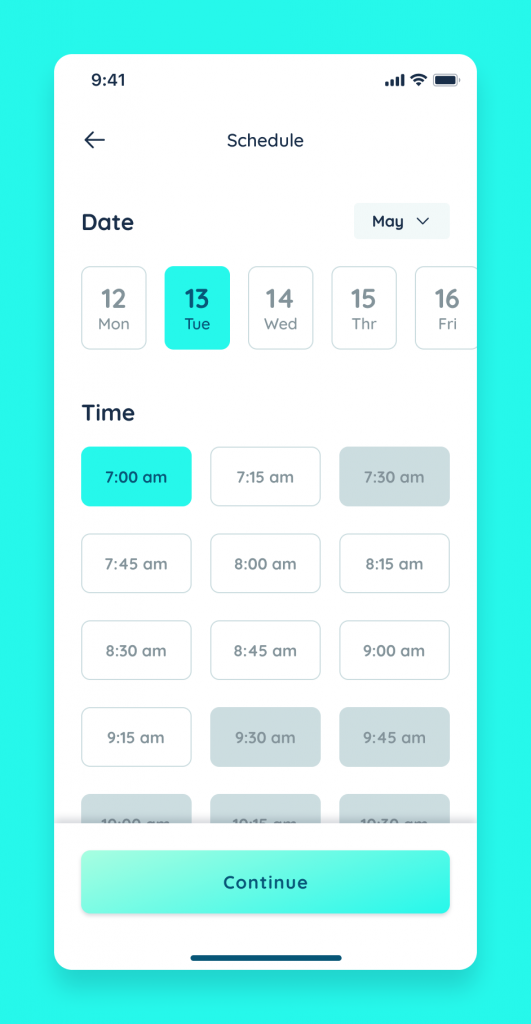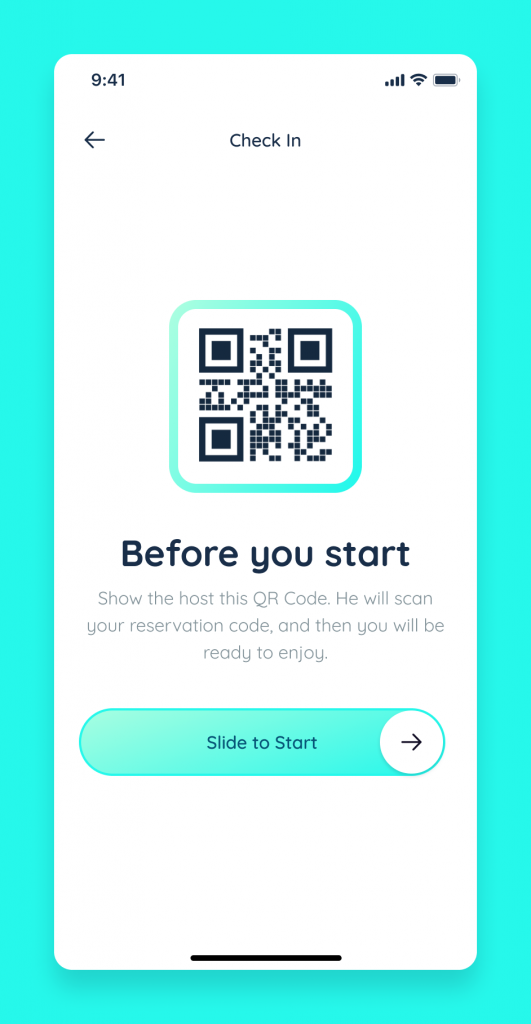Facilities Tracker App for Urban Cyclists
Introduction
Once upon a time, there was me, by that time, working on my graduation final paper, which they call FIAP Startup One. All students must submit a startup business plan for evaluation by the judging panel to accomplish the MBA.
Every day, my classmates and I, who teamed up, had been researching new technologies, startup business models, and what people needed by that time. We brainstormed many ideas to present to our counselor. Come up with ideas that help people was a real challenge for us.
One day, our team figured out that citizens in São Paulo city were considering use their bicycles as vehicles from home to work as a replacement for their cars and public transportation.
Discovery
Because of that, we came up with some insights by digging into their scenario by research and speaking with urban cyclists who ride to work all weekdays. Grande São Paulo is the most populated metropolitan area in Brazil, living almost 20M people there. The city has grown fast throughout the years resulting in severe infrastructure problems and also massive traffics. The government lacks investments in efficient public transportations, like subways.
Recently, citizens in São Paulo decided to abandon their cars and public transportation and start riding bicycles for a less stressful and healthier lifestyle. Even if that means you will have to ride every day 20 miles.
Because of that, some initiatives came from private corporations like Bradesco and Itau, two of the biggest banks in Brazil, to incentivize people to change their lifestyle by offering bicycles for a lower cost, similar to Citi Bike Miami. You can unlock it using your credit card, ride as long as you want, and return it to a spot near you. But Bradesco and Itau bicycles were free of charge for the first hour, time enough for many people to ride from home to work.
Because of that, it is impossible to not sweat after riding for so long until your workplace. Culturally speaking, Brazilians care a lot about not being sweated or smelly, which becomes an issue. Some people we talked, want to start the activity but not finding a place to showering and change clothes is an obstacle for many of them.
One cyclist told me: “I found a shower in this building (I work), behind the parking there is a narrow alley, very well hidden. Only a few employees there have permission to use it, but we are going there.”
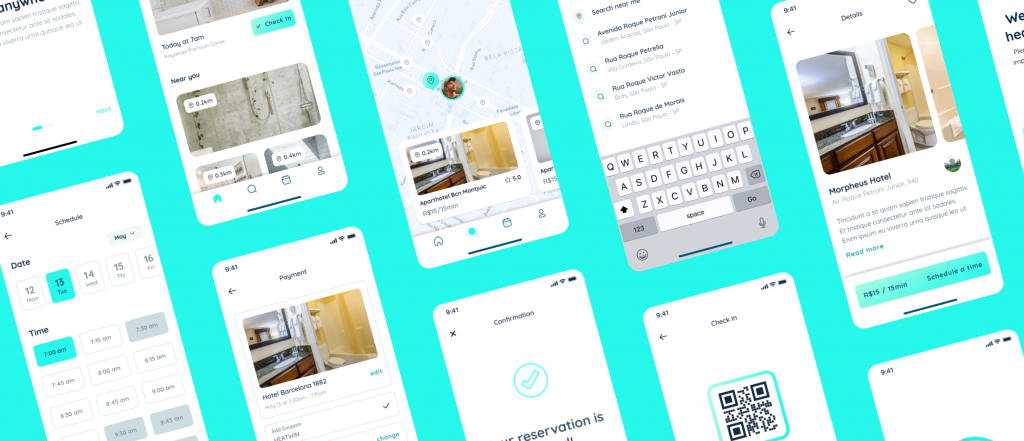
Design
Until finally, we came up with some ideas. We understood that showering is the service we should provide. Initially, our solution was not digital. However, after consulting our counselor, we brainstormed many other solutions to create a scalable business model.
One of the ideas that we most liked was to add the small business owners generating a Marketplace. They offer a secure and clean area to cyclists nearby to have extra profit.
Our new app is called “Pedalaí,” which in Portuguese means “keep riding,” by mixing words. So Pedalaí helps riders schedule baths. To do so, I created the Cyclist Persona, a Proto persona, still a valid technique for the MVPs that brings agility. Based on it, someone who has needs, feelings, and goals. The sitemap and user flow needed to accomplish his three main goals: Search a place nearby, schedule a time, and take a shower. Meanwhile, for the Small Business Owner Persona, the place’s owner, he needs: Create a profile with his location, set a timetable and price, and host.
So for this MVP, my main priority was to establish a Style Guide that helps the developers in our team in handoffs. Besides, it also provides consistency throughout the navigation, one of Jakob Nielsen’s Heuristics.
And, ever since then my team successfully presented Pedalaí to the judging panel. They loved our idea and business model, so they selected us as one of the best 30 projects by the program.
